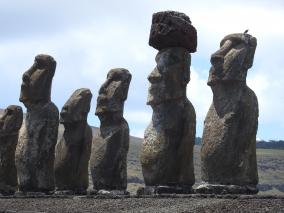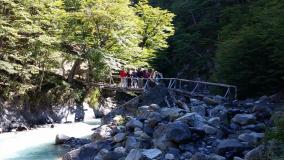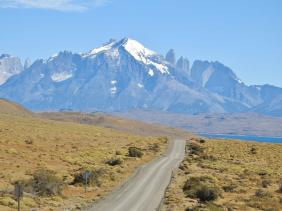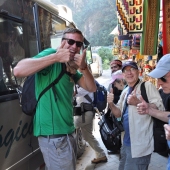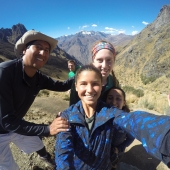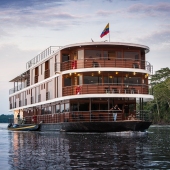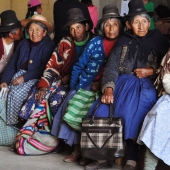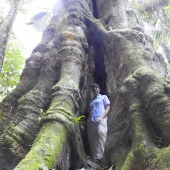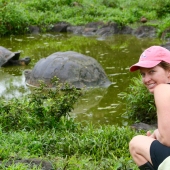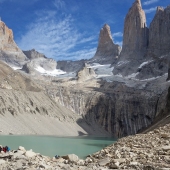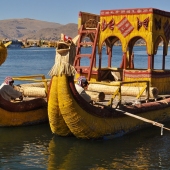
Chile: Affordable Travel to Patagonia and Easter Island
If you live in the US, Europe or Asia, it's at the opposite end of the southern hemisphere. Almost to Antarctica. Patagonia is located at the southern tip of the South American continent. Populated by just enough people to justify having infrastructure like plumbing and electricity in the occupied regions. For all practical purposes, Patagonia still has plenty of true wilderness. This is the kind of place where you will never see plastic shopping bags blowing across the tundra! Why? Because plastic is banned. I mean really and truly banned. You couldn't buy a zip-loc baggie or plastic drinking water bottled if your life depended on it. Say hello to sandwiches wrapped in paper towels and drinking water served in recyclable glass. That's the way it is baby. Everywhere!
To get to Patagonia from North America, you fly to Santiago, Chile. Many flights from the US arrive in the morning around 6-9 am. There's no jet lag from time change. Just the kind of jet lag that comes from sitting in an airplane for 8 to 10 hours. Santiago is your gateway city. From there you can fly to Atacama Desert in the North, the Fjords in the mid south region, and Patagonia at the southern tip. And don't forget Easter Island, a mere 5 hour flight each way over the Pacific to the west.
The best time of year to travel is during summer from November through March. Patagonia is most busy during Christmas and New Years and the park has been (unsuccessfully) experimenting with a reservation system for camps and huts in the remote hiking areas. Please check before you go.
The first thing I noticed, is that the city of Santiago reminds me of a cross between Los Angeles, with it's smoggy, dry mountains, and Madrid, with it's colonial hipster city vibe.
If you fly domestically around the country, you need a buffer day in Santiago on both ends of your trip in case of flight delays. Chile is a long strip of prime adventure-packed real estate on the east coast of South America. It's not feasible to rent a car and drive unless you have time. Lots of it. To get to the southern tip from Santiago requires driving 2-lane paved roads through mountains, and taking ferry boats around the fjords. Then there comes a time when the road ends in Chile and you have to cross the border into Argentina to get to Patagonia by car. But you can fly from Santiago to Punta Arenas in a couple of hours.
We have curated and selected well organized and meaningful activities designed to offer you the opportunity to explore and experience the true essence of the Patagonia region. Licensed and knowledgeable guides and drivers accompany you for all activities. We want your trip to be authentic and meaningful. Here's 2 itineraries to choose from. Easter Island extensions can be added to any trip.
Here's a link to our 10-day Santiago and Patagonia Adventure.
Here's a link to our 9-Day Patagonia and Penguins Adventure
(Join small group Nov 23-Dec 1, 2019)
Note:
- You need to add 2 international travel days for each trip. One on the front and one on the end.
- Itinerary in Patagonia can be modifed for fit travelers who want to do the 3-Day "W" hike to Torres del Paine
- Add 3 days if you want to include extension to explore Pumalin Fjords
- Add 3 days if you want to include extension to Easter Island
- Add 3-4 days if you want to include extension to Atacama Desert (the driest place on Earth)
- US citizens only need valid passport for entry
- Summer travel season runs from November to March
Contact our office in the US to ask questions or make a reservation.
Enjoy this Chile eye candy for now.
